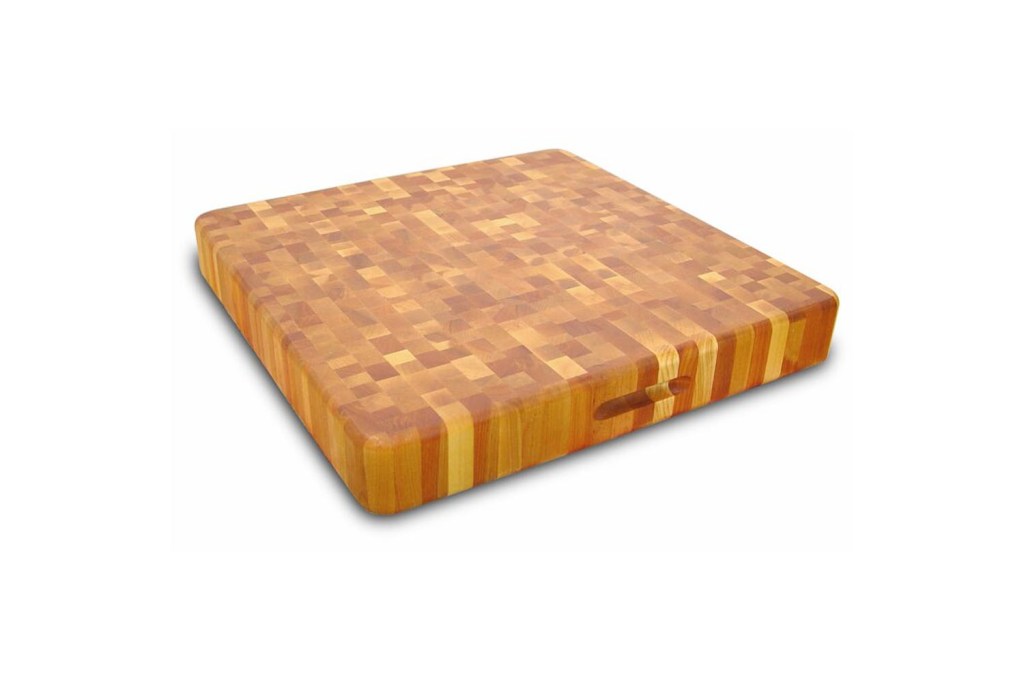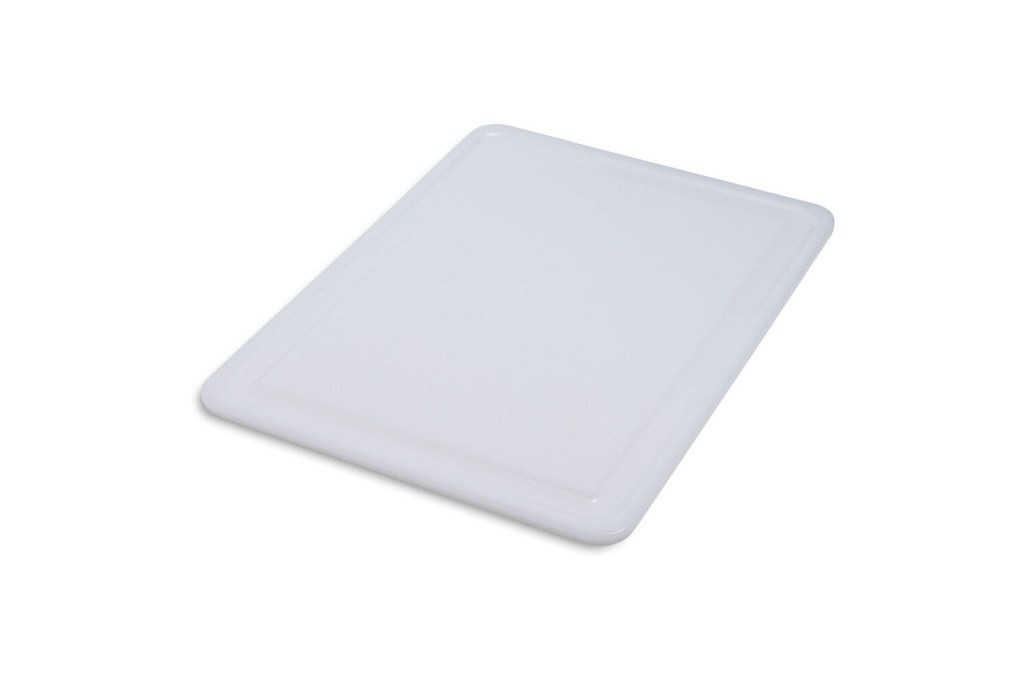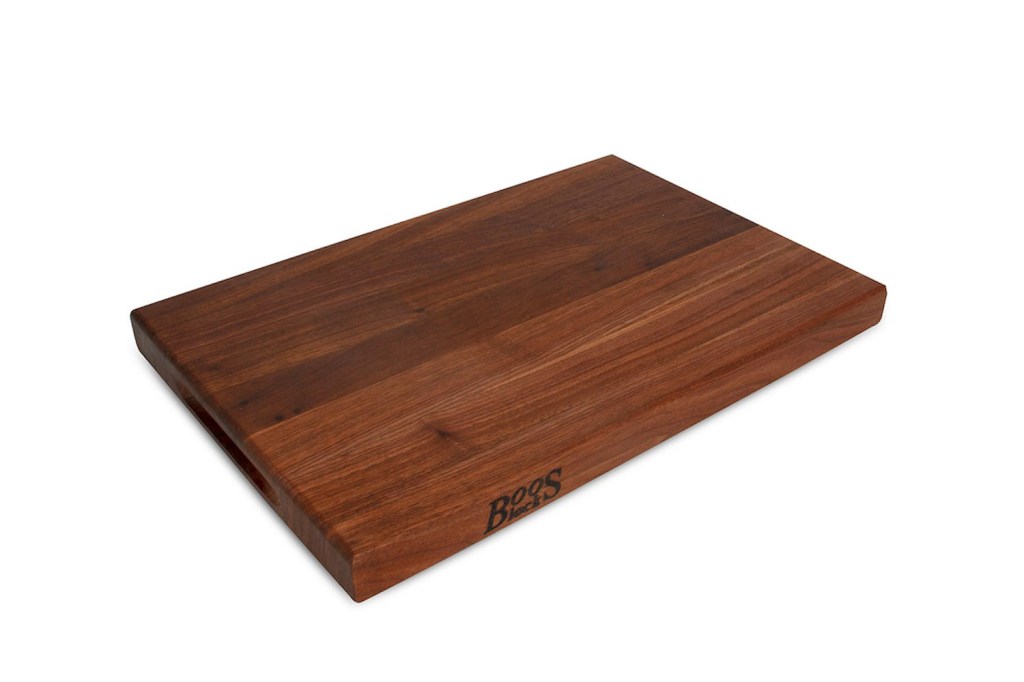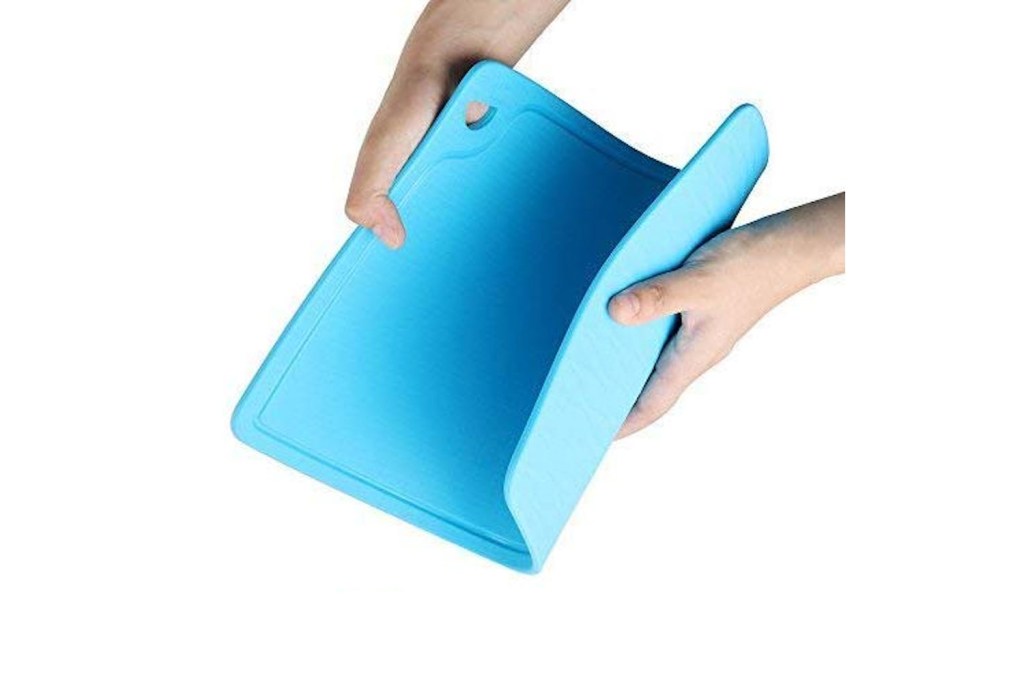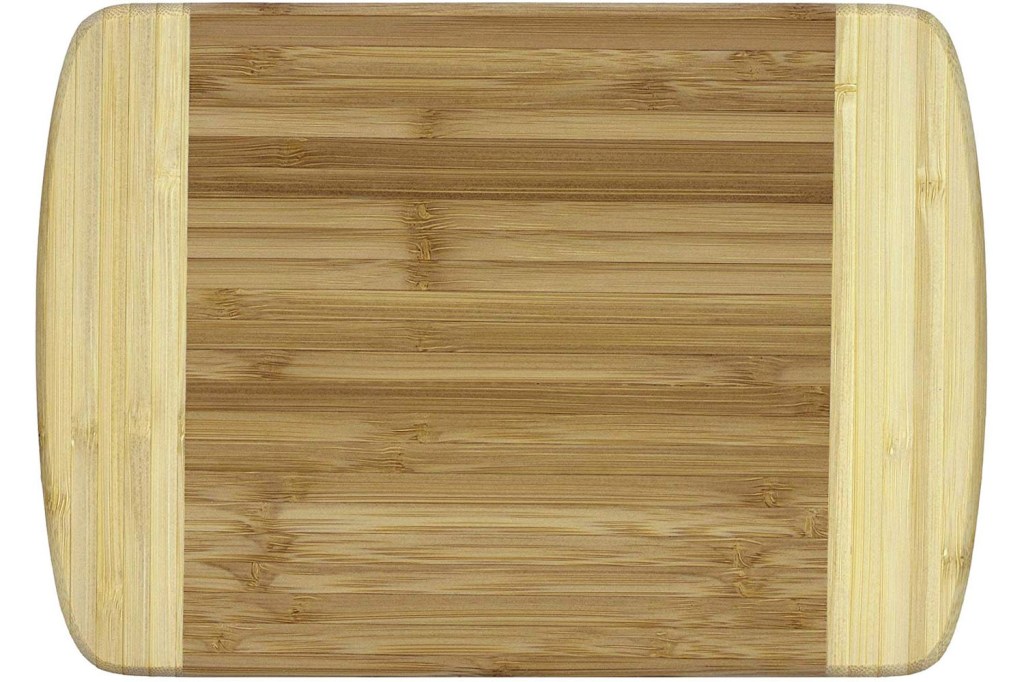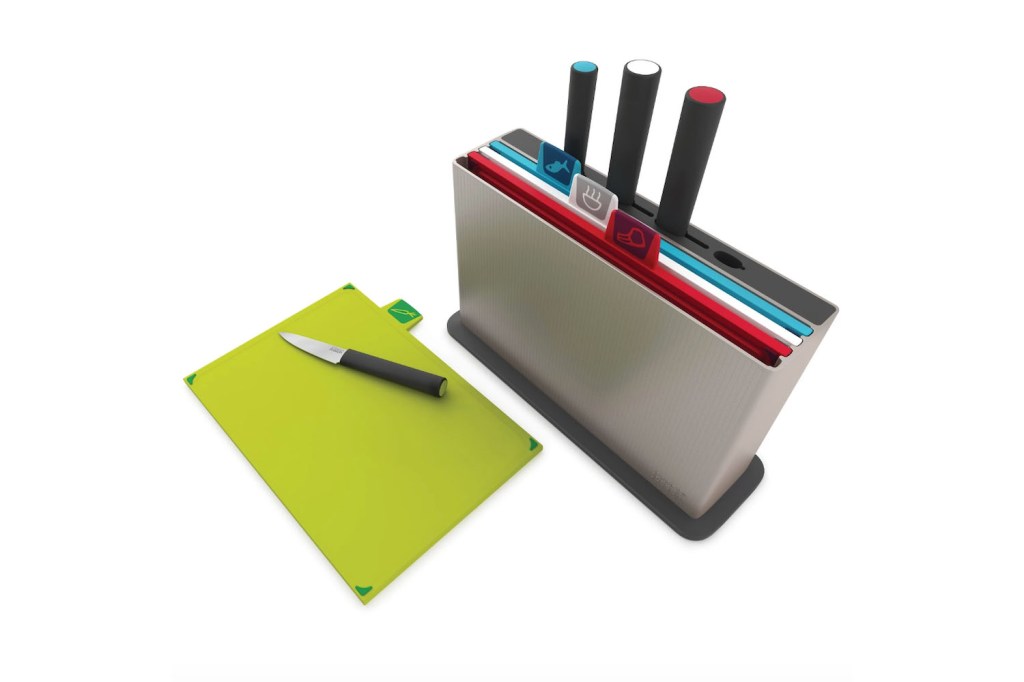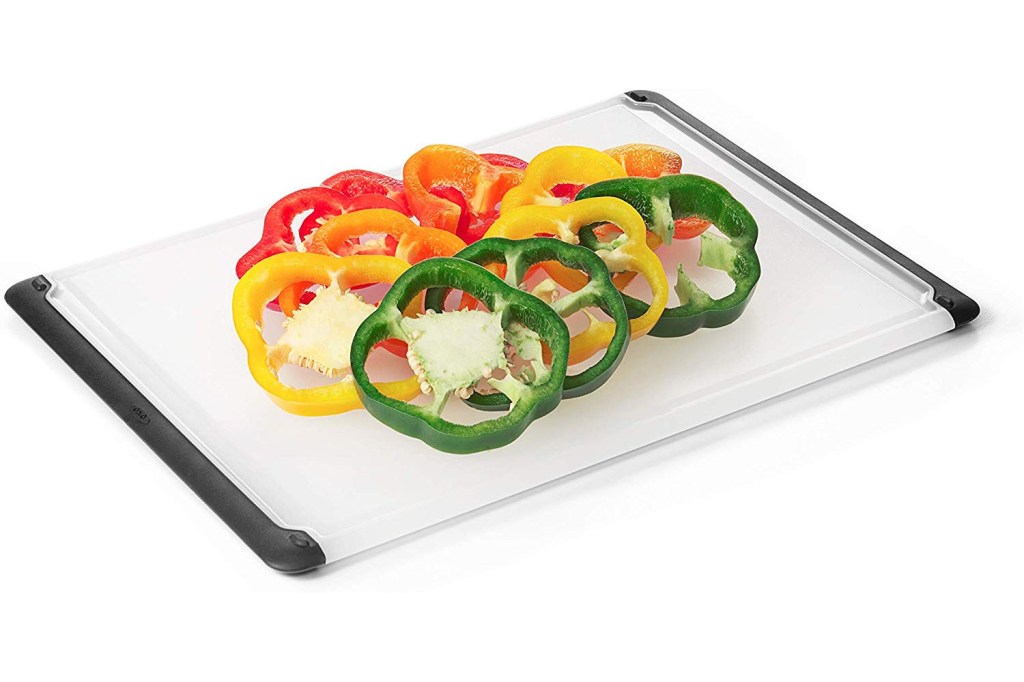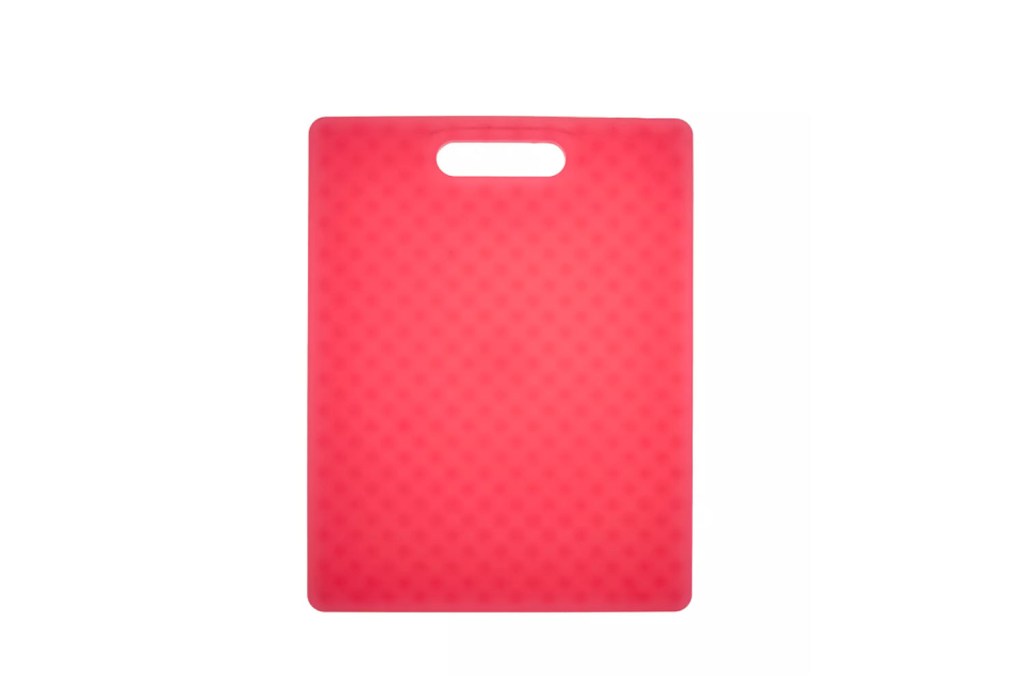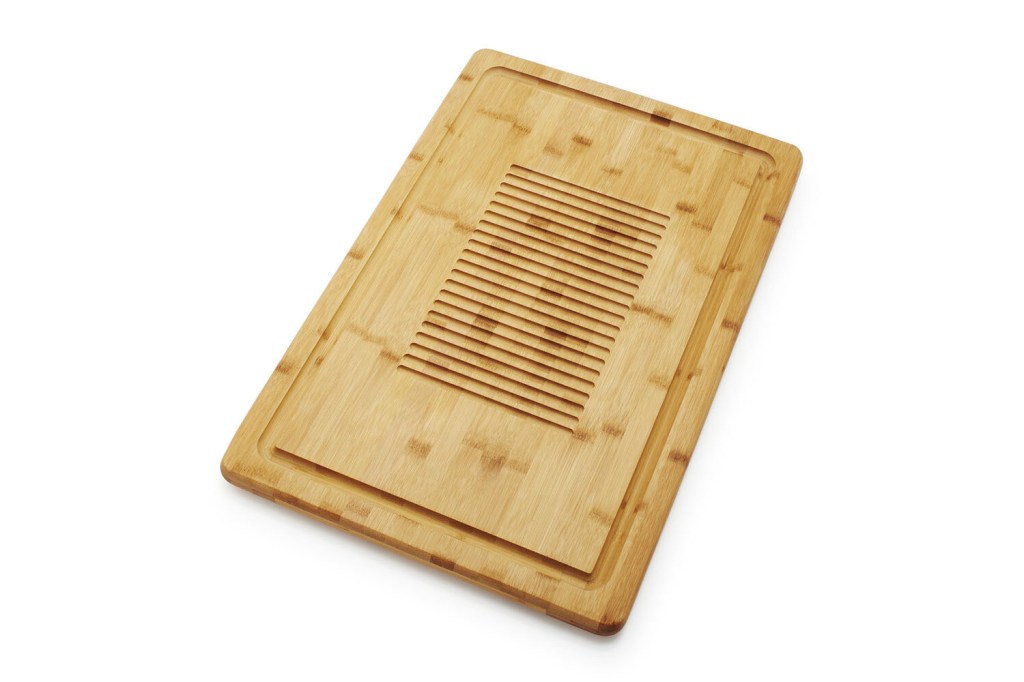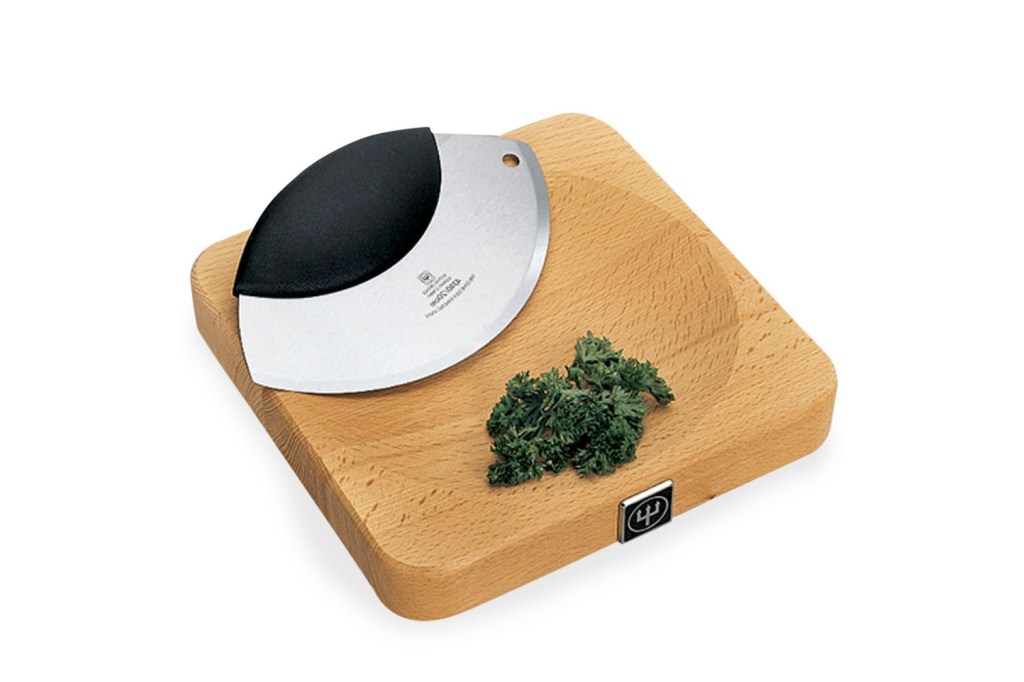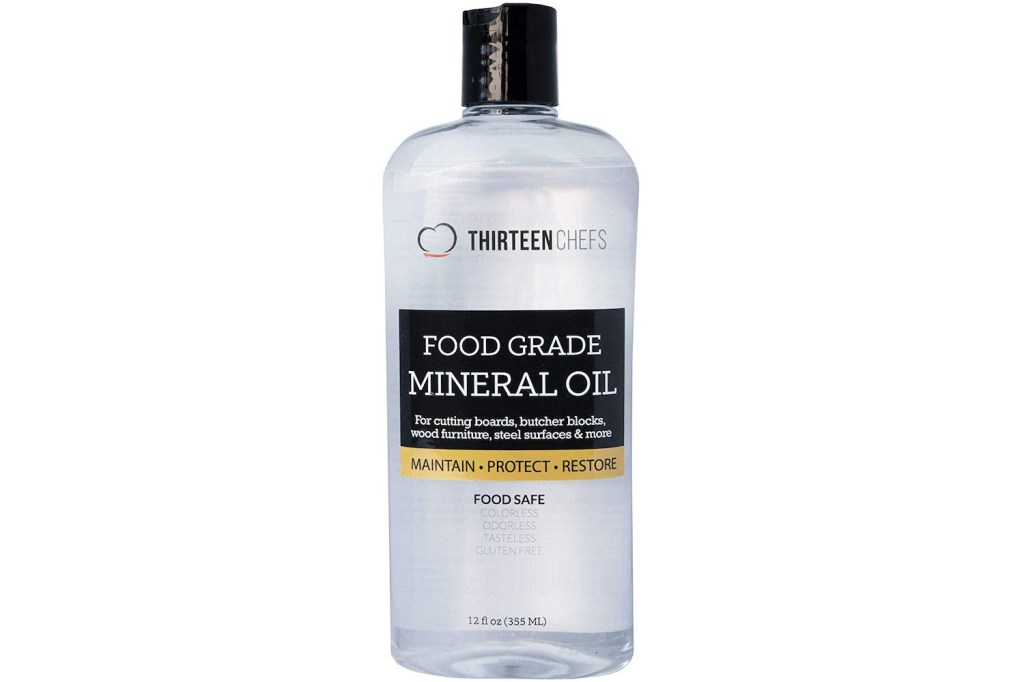The Best Cutting Boards for Every Type of Chef
When it comes to essential kitchen tools for preparing a home-cooked meal, a good cutting board is right up there with a sharp set of knives and evenly-heating cookware. These durable instruments not only save your countertop from scratches, they keep your chopped foods in one place, help reduce the spread of germs, and, depending on the type, can even make for nice décor. But making a final selection is tougher than you might think. We dove deep into the complex world of cutting boards to help you find the best one for your kitchen.
What is the best material for cutting boards?
Material will play the biggest role in determining which cutting board is right for you. From wood and bamboo to plastic and silicone, there’s a whole world of cutting board substances to explore, each with its own unique benefits — and a few drawbacks. Below, find a brief explanation of a few of the most common types and where they win big or fall short.
Wood: Wood is considered the gold standard as far as cutting boards go, and for good reason: It’s durable, eye-catching, and, depending on the type, softer than hard cutting board materials, such as plastic or glass, which can be tough on knives. A few things to consider when shopping for wood cutting boards are the type of wood (soft woods, like walnut, acacia, and teak wood will be gentler on knives, while hard woods, such as maple or cherry, will be more durable and long-lasting), the thickness, which can determine how quickly your cutting board will warp (standard thickness ranges from 1.25-inches to 2.25-inches), and the style: lighter woods, like maple, will fit brighter décors, while darker woods may suit more modern tastes.
Plastic: According to experts, plastic may be a better choice than wood when it comes to cutting things such as raw meats, since porous woods can attract bacteria. “Hardwoods, like maple, are fine-grained, and the capillary action of those grains pulls down fluid, trapping the bacteria — which are killed off as the board dries after cleaning,” Ben Chapman a food safety researcher at NC State, told NC State University News in 2014. “Soft woods, like cypress, are less likely to dull the edge of your knife, but also pose a greater food safety risk. That’s because they have larger grains, which allows the wood to split apart more easily, forming grooves where bacteria can thrive.”
Silicone: Silicone is another popular option that is beloved by users for its flexibility (many of these boards can be folded up to carry chopped goods from counter to pan), softness, which make them an ideal pick for protecting nice knives, and washability.
A few other options include wood composite fiber, glass, and recycled cutting boards.
The Best Cutting Boards
Ready to find your perfect cutting board? Right this way! We’ve rounded up 10 of the best models on the market, no matter your material or usage preferences, from beautiful maple versions that will make guests ooh and aah ($136.99, Amazon) to handy silicone models that will fold up with ease ($24.99, Amazon). Keep scrolling for Woman’s World’s picks for the best cutting boards of 2019!
We write about products we think our readers will like. If you buy them, we get a small share of the revenue from the supplier.

